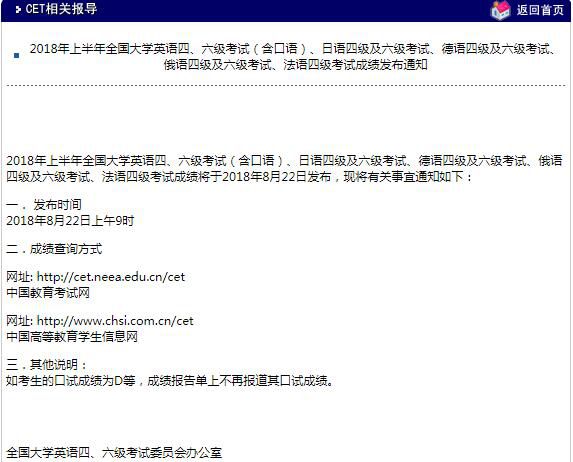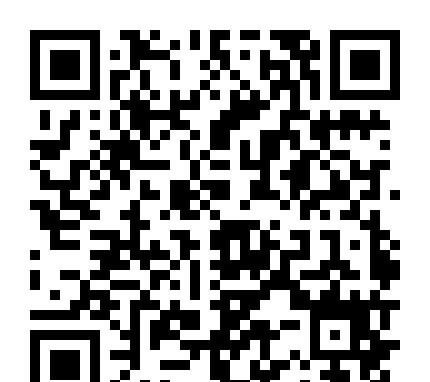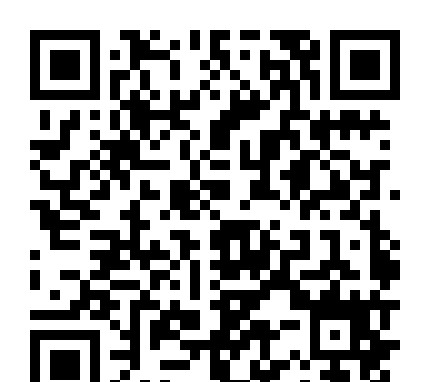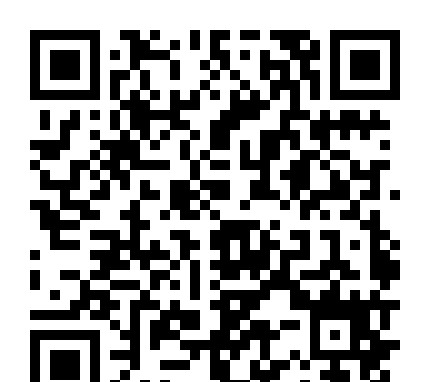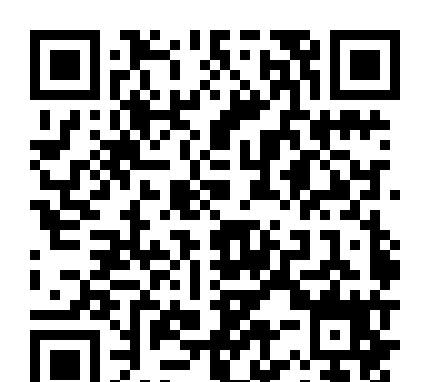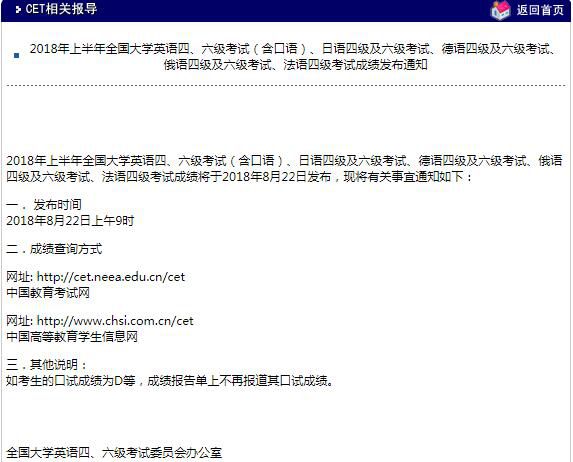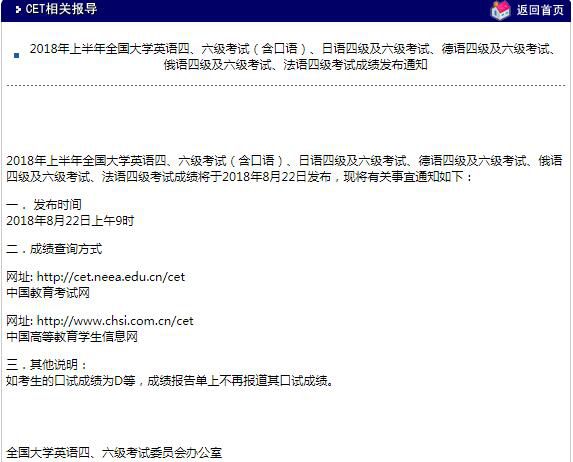Rosenberg Trial(英)
|
TRIAL OF THE ROSENBERGS: AN ACCOUNT BY DOUG LINDER (2001) The Rosenberg Trial is the sum of many stories: a love story, a spy story, a story of a family torn apart, and a story of government overreaching. As is the case with many famous trials, it is also the story of a particular time: the early 1950's with its cold war tensions and headlines dominated by Senator Joseph McCarthy and his demagogic tactics. The Manhattan Project was the name given to the top-secret effort of Allied scientists to develop an atomic bomb. One of the Manhattan Project scientists working in Los Alamos was a British physicist named Klaus Fuchs. Twice in 1945 Fuchs met with a Soviet agent named Raymond and provided notes on the working design for the atomic bomb. In February 1950, less than two weeks after a jury convicted Alger Hiss of perjury for denying under oath that he had passed secret information to a Communist agent named Whittaker Chambers, Klaus Fuchs was arrested and confessed to disclosing to the Soviets information about the Manhattan Project. One week after Fuchs' arrest, Senator Joseph McCarthy from Wisconsin propelled himself into the headlines by charging that the State Department employed over 200 Communist agents. It was a bad time to be a suspected Communist; it was a terrible time to be a suspected spy. Fuchs' arrest, which began the chain of investigations that led authorities to Julius and Ethel Rosenberg, was made possible by American cryptanalysts who successfully deciphered intercepted cables (the "Venona Cables") from the Soviet Consulate to the KGB. One cable was a report by Fuchs on the progress of the Manhattan Project. When confronted with evidence of his espionage, Klaus confessed and told authorities of his meetings with a spy he knew only as "Raymond." Within three months, the FBI began to focus on a pudgy, middle-aged chemist, Harry Gold, as the "Raymond" to whom Fuchs had given information about the bomb. Within a week after the FBI first began to ask Gold questions such as "Were you ever west of the Mississippi?," Gold offered a voluntary confession. By June 1, authorities knew of a soldier, stationed at Los Alamos, married with no children, who Gold paid $500 to in September of 1945 in Albuquerque in exchange for information about the implosion lens for the atomic bomb. Gold could not remember the soldier's name, but thought his wife "may have been Ruth" and that he was a New York City native. Within two days, Gold was shown a picture of a man meeting the description he had given. The man pictured was David Greenglass. Gold told investigators that Greenglass "resembled" the man he met in New Mexico. On June 15, 1950, FBI officials questioned David Greenglass. In his first interview, Greenglass admitted that he was the machinist-soldier stationed in Los Alamos that had passed information to Gold. He also identified his wife, Ruth, and his brother-in-law, Julius Rosenberg, as participants in the Soviet spy ring. Julius Rosenberg was the son of a Polish garment worker living on New York's Lower East Side. Julius was a quiet, serious youth whose early success in Hebrew studies led his father to hope that he might become a rabbi. By his senior year in high school, however, it was clear that Julius' passion was for politics, not religious studies. Julius, at age 16, was a doctrinaire member of New York City College's Young Communist League. He met Ethel, three years his elder, at a union fund-raising party and the couple was married in 1939 when Julius graduated with an engineering degree. In the fall of 1940, he took a job as a civilian employee of the U. S. Army Signal Corps. In 1943 the Soviet Union was, of course, America's wartime ally. Hollywood, with the blessing of the U. S. government, was producing movies such as Mission to Moscow and Song of Russia that depicted life in the Soviet Union in a Utopian way. Even such conservative figures as General Douglas MacArthur and Winston Churchill were producing a steady stream of praise for the Soviet Union's heroic efforts against the Nazi forces. In such times, it is easy to understand how idealistic and avidly pro-Communist young people such as Julius Rosenberg and David Greenglass might be tempted to provide the Soviet Union with secret information that might be helpful to their cause. Late in 1943, according to Greenglass, Rosenberg began to talk to him in abstract terms about espionage. These conversations coincided with the Rosenbergs dropping out of the open Communist Party activities that had been a large part of their lives. Greenglass would suggest that the decision to drop out of the Party was a necessary consequence of the Rosenberg's decision to undertake espionage work for the Soviet Union. The Rosenbergs, of course, had a different explanation: that they wanted to have more time at home after the birth of their first child earlier that year. According to Greenglass, Julius Rosenberg was tremendously excited when, in 1944, David was assigned to work as a soldier-machinist in Los Alamos. Greenglass told the FBI that Rosenberg asked his wife, Ruth, to talk with him in Albuquerque to see if he might be willing to provide descriptions of Manhattan Project research. David described his decision to accede to his brother-in-law's request as "like plunging into a cold lake."(1) But plunge he did. Over the course of the next year, David prepared handwritten notes and sketches relating to a high-explosive lens mold being developed in a Los Alamos laboratory . These notes were, according to Greenglass, either passed directly to Rosenberg while he was on furlough in New York, or to a courier (Harry Gold) sent to New Mexico to collect the information. Greenglass told the FBI that Julius Rosenberg had become alarmed when, in October of 1949 he learned through Soviet intelligence that American authorities had information that might lead them to Los Alamos spy Klaus Fuchs and, potentially , to Gold and Greenglass as well. According to Greenglass, Rosenberg urged him to obtain U. S. passports as soon as possible and prepare to flee to Europe. After Fuchs' arrest, Rosenberg's urgings became more insistent. David's decision to reject his brother-in-law's advice was due largely to the condition of his wife, Ruth, who was six months pregnant and still recovering being critically burned in an apartment fire. Shortly after 8 a.m. on June 16, 1950, FBI agents showed up at the apartment of Julius Rosenberg and asked that he accompany him for questioning. To the FBI at the time, Julius was "just the next in a row of falling dominoes"(2)——but unlike the dominoes in line before him, Julius did not tip over. When informed of Greenglass's accusations, Rosenberg said to FBI agents, "Bring him here—— I'll call him a liar to his face." That evening Julius hired the attorney who would fight to the night of their deaths to save the Rosenbergs, Emanuel Bloch. Whatever hopes Rosenberg had that Greenglass would withhold from the FBI the additional details of his espionage activities necessary to establish a basis for arrest, were dashed by mid-July. On the basis of more complete statements by both Ruth and David, two agents showed up on the evening of July 17, 1950 to clap handcuffs on Rosenberg in the view of both his sons. As he was hustled out of his apartment, a backup team entered his apartment to conduct a sweeping search for incriminating evidence. The primary interest of the FBI in Ethel Rosenberg in July of 1950, lay in the possibility of threatening her with prosecution as a means of convincing Julius to talk. The case against Ethel was very weak. It rested entirely on the testimony of the Greenglasses, who described her as present at the time certain conversations about espionage took place and identified her as typing notes on classified information. J. Edgar Hoover urged his Bureau employees to aggressively attempt to build a triable case against Ethel: "There is no question" but that "if Julius Rosenberg would furnish details of his extensive espionage activities, it would be possible to proceed against other individuals . [P]roceeding against his wife might serve as a lever in this matter."(4) Though holding remarkably limited evidence of her guilt, the FBI arrested Ethel on August 11, 1950, as she walked to catch a subway after testifying before a grand jury. Ethel was imprisoned immediately, denied even the opportunity to return home to arrange care for her two sons, who had been spending the afternoon with a neighbor. Weeks after beginning life in the Women's House of Detention, Ethel began to adjust to prison life. Julius, meanwhile, gave no indication that his wife's threatened prosecution would cause him to reconsider his refusal to cooperate with authorities. The lever wasn't working, and now the Government was committed to the prosecution of Ethel as an equal partner in the espionage conspiracy. As the FBI was closing in on the Greenglasses and the Rosenbergs, things began to happen to several of Julius's acquaintances who shared his enthusiasm for leftist politics. Joel Barr, a college friend of Rosenberg, disappeared in Paris on the day Greenglass was arrested, leaving most of his personal possessions behind. Less than a week later, another college friend, Morton Sobell, boarded a plane with his family at La Guardia Airport with tickets for Mexico City. A third Rosenberg friend, Alfred Sarant, managed to elude FBI surveillance at a racetrack and make a successful dash by car to the Mexican border, and then to parts unknown. William Perl, a Cleveland scientist, was called before the Rosenberg grand jury where he denied ever having known Rosenberg. On the basis of that statement and ample evidence to establish its falsity, Perl was indicted for perjury. A fifth Rosenberg acquaintance, Max Elitcher, chose cooperation over flight. Elitcher told FBI investigators that Rosenberg tried to recruit him to espionage work in 1944. Elitcher also described an incident in 1948 when he, along with his friend Morton Sobell, had taken a midnight ride to a deserted waterfront street in New York City in order that Sobell might bring a 35-mm film can to Rosenberg's apartment. Elitcher's story provided the basis for a warrant to arrest Morton Sobell, who the FBI knew to still be in Mexico. On August 16, 1950, after a day spent trying to book passage on a freighter to Europe, Sobell returned to his Mexico City apartment. There he found a band of pistol-waving Mexicans, who forced him into a car, drove him 800 miles to the border, then handed him to waiting FBI agents in Laredo, Texas. Skies were cloudy in New York City on March 6, 1951, when the case of the United States v Julius Rosenberg, Ethel Rosenberg, and Morton Sobell was called for trial. Each defendant was charged with conspiracy to commit espionage, a capital crime. United States Attorney Irving Saypol, famous already for his recent successful prosecution of Alger Hiss, opened for the government. Saypol told the jury that the defendants "have committed the most serious crime which can be committed against the people of this country." The Rosenbergs conspired, Saypol said, to deliver to the Soviet Union "the weapons the Soviet Union could use to destroy us." Emanuel Bloch, in his opening statement, asked the jurors to give the defendants "a fair shake in the American way." He urged the jurors not to "be influenced by any bias or prejudice or hysteria." The first witness for the prosecution was Max Elitcher, who provided virtually the government's entire case against Morton Sobell when he described his 1948 midnight car trip with Sobell to deliver a film can to Julius Rosenberg. Twenty-nine- year-old David Greenglass was the next prosecution witness. Greenglass was questioned by Saypol's voluble assistant, Roy Cohn. After Greenglass testified to his passing sketches of a high explosive lens mold, he was temporarily replaced on the stand by Walter Koski, an Atomic Energy Commission physicist, who explained to the jury the potential significance of the Greenglass sketches to an enemy interested in developing an atomic bomb. Returning to the stand, David Greenglass provided an attentive jury with detail after incriminating detail of Rosenberg's espionage activity: burning notes in a frying pan, cutting a Jell-O box in two for use as a recognition signal (he was asked on cross what flavor the Jell-O was), meetings in cars on dark streets, offering Greenglass money and a plan for getting safely behind the Iron Curtain as the FBI's net began to close. Next up for the prosecution was David's wife, Ruth Greenglass. Ruth testified as to how she, then just nineteen, was asked by Julius to inquire of her husband, recently stationed in Los Alamos, whether he would be willing to provide information on the progress of the Manhattan Project. She testified as to Julius instructing her on where and when to meet a courier in Albuquerque, and how a man now known to be Harry Gold showed up on their Albuquerque apartment doorstep, Jell-O box cover in hand. Especially significant, because very little of the prosecution testimony incriminated Ethel, was Ruth's allegation that Ethel spent a January evening in 1945 typing David's handwritten notes from Los Alamos. (David Greenglass recently admitted that the Greenglass's trial testimony about Ethel's modest role in the espionage activity was false. David told interviewer Sam Roberts that that he was pressured by the prosecution to commit perjury——and did so to save his wife from prosecution. He now claims not to have any specific knowledge of Ethel typing up secret information for the Russians. David Greenglass's new account appears in The Brother: The Untold Story of Atomic Spy David Greenglass and How He Sent His Sister, Ethel Rosenberg, to the Electric Chair (2001).) Harry Gold was an effective prosecution witness, even though he never claimed to have known or seen either Rosenberg. Gold, already facing a thirty-year sentence for espionage for his role in the Fuchs matter, had nothing to gain or lose by testifying for the prosecution. Gold told of his meetings with Anatoli Yakovlev, head of the Russian U. N. delegation and the KGB's chief of U. S. spy operations. He described a meeting in 1945 at a Manhattan bar when Yakovlev gave him a piece of onionskin paper with "Greenglass" and an Albuquerque address typed on it. He was told to travel to New Mexico, locate the apartment with the typed address, and announce to the person who opened the door "I come from Julius." (In earlier statements to the FBI, Gold had remembered the recognition signal as "I come from Ben.") He testified that Greenglass gave him handwritten notes and sketches which Yakovlev was later to call "extremely excellent and very valuable." Elizabeth Bentley, dubbed "The Red Spy Queen" by the press, added a dramatic flair to the prosecution's case. Bentley, who seemed to revel in publicity, was an ex-Soviet spy and ex-lover of the Soviet's chief U. S. spy, who turned informer in 1945 and began writing books about her undercover exploits. It was through herself, Bentley testified, that Rosenberg made contact with Jacob Golos, chief of the KGB's American operations until his death in 1943. She told the jury that on five or six occasions she received early morning phone calls from someone identifying himself as "Julius" (Bentley never actually met Rosenberg) asking her to alert Golos of his need to talk. The prosecution's final witness (in fact, as a rebuttal witness, the last witness in the trial) was a photographer named Ben Schneider. Schneider, who operated a small photo shop near the courthouse, testified that the Rosenberg family visited his studio on a Saturday in June of 1950 to request three dozen passport-type photos. Schneider said he distinctly remembered the visit because of the unusually large order and the Rosenberg's two unusually unruly boys. Schneider testified that Rosenberg told him that he needed the photos because his family was planning to go to France, where they had inherited some property. (It was later revealed that the FBI learned of Schneider through a jail house informer named Jerome Tartakow, who had been Julius's chess partner and confidant since his incarceration eight months before trial.) The only witnesses called by the defense were Julius and Ethel Rosenberg. Sobell chose not to testify. Both Rosenbergs pleaded the Fifth Amendment in response to all questions concerning their membership in the Communist Party, most likely to head off potential questions about other acquaintances who might be members of their spy network. Julius Rosenberg testified as to his modest lifestyle, inconsistent—— it was suggested by the defense—— with the rewards one would expect a world class spy to have received. Rosenberg mostly offered a long string of denials. He denied that he ever received information from Greenglass about the atomic bomb. He denied receiving gifts of console tables and watches from Russians. He denied the Jell-O box incident. He denied having attempted to recruit Elitcher to espionage. He said that Greenglass had come to him in 1950 for money, not that he had offered money to Greenglass in order that he might flee. According to courtroom observers, Julius during his testimony seemed oddly unconcerned about the dire circumstances he was facing. The jury's sympathies might easily have extended to Ethel Rosenberg had the defense strategy allowed her to talk openly and emotionally. The stereotype of women that existed in the 1950's would have worked in Ethel's favor if she could have been presented as a dutiful wife. The only evidence of her guilt was the Greenglass testimony about her typing notes from Los Alamos, hardly enough to drive an empathetic jury to a verdict of guilty on a capital charge. Instead, Ethel's testimony was mostly a confirmation of Julius's version of events along with a few terse denials concerning her own role in espionage activity. She seemed to display a contempt for the whole proceeding. Summations by both sides brought the month-long trial to its end, and the eleven-man, one woman jury was sent off to deliberate. Most of the several hours of jury deliberation were spent trying to bring around a lone juror worried about the prospect of Ethel's execution and the impact it would have on her family. Eventually, the holdout caved in, and guilty verdicts were returned for all three defendants. Calling their crime "worse than murder" and blaming them for 50,000 American deaths in Korea, Judge Irving Kaufman sentenced both Julius and Ethel Rosenberg to death in the electric chair. Morton Sobell received a thirty-year sentence. The two-year long battle to save the Rosenbergs' lives that followed was the most dramatic chapter of the case. Emanuel Bloch fought heroically on behalf of his clients, taking care of their children, drafting their appeals, pleading at the White House gate in the final hours for a hearing with President Eisenhower. Louis Nizer called Bloch "an advocate in the classic sense, whose 'hands were charged with electricity and his face ablaze with concern for his quivering client'."(5) Meanwhile, Julius and Ethel rode an emotional roller-coaster of hope and despair as each new appeal was made and finally rejected. In the end, four justices of the Supreme Court were willing to stay their executions: It takes five. The Rosenbergs' two sons,Robert and Michael,marched carrying signs reading "Don't Kill My Mommy and Daddy," thousands of Rosenberg supporters paraded on two continents, radio broadcasts were sponsored on their behalf, letters asking for clemency poured into the White House, the Pope asked for mercy. None of it mattered. Julius and Ethel Rosenberg were executed shortly after 8 p.m. in Sing-Sing Prison on June 19, 1953. The first fifty-seven second jolt of electricity failed to kill Ethel. She was restrapped to the chair and given two more jolts before being pronounced dead. Ethel was the first woman executed by the United States Government since Mary Surratt was hanged for her role in the assassination of Abraham Lincoln. In the decades that have followed the Rosenberg trial, whatever lingering doubts remained about Julius's guilt have evaporated as the result of release of the "Venona cables" and information released following the collapse of the Soviet Union. In 1997, Alexsandr Feklisov, Rosenberg's Soviet control came forward to describe his meetings with Julius in the 1940's. Feklisov credited Rosenberg with providing the information necessary for the Soviets to assemble a proximity fuse that would enable them to shoot down an American U2 spy plane in 1960. Feklisov, interviewed for a television documentary, obviously still had warm feelings for the man code-named "Liberal," and appeared outraged at the injustice he felt was perpetrated against Ethel who, insofar as he knew, engaged in no espionage work at all. |

